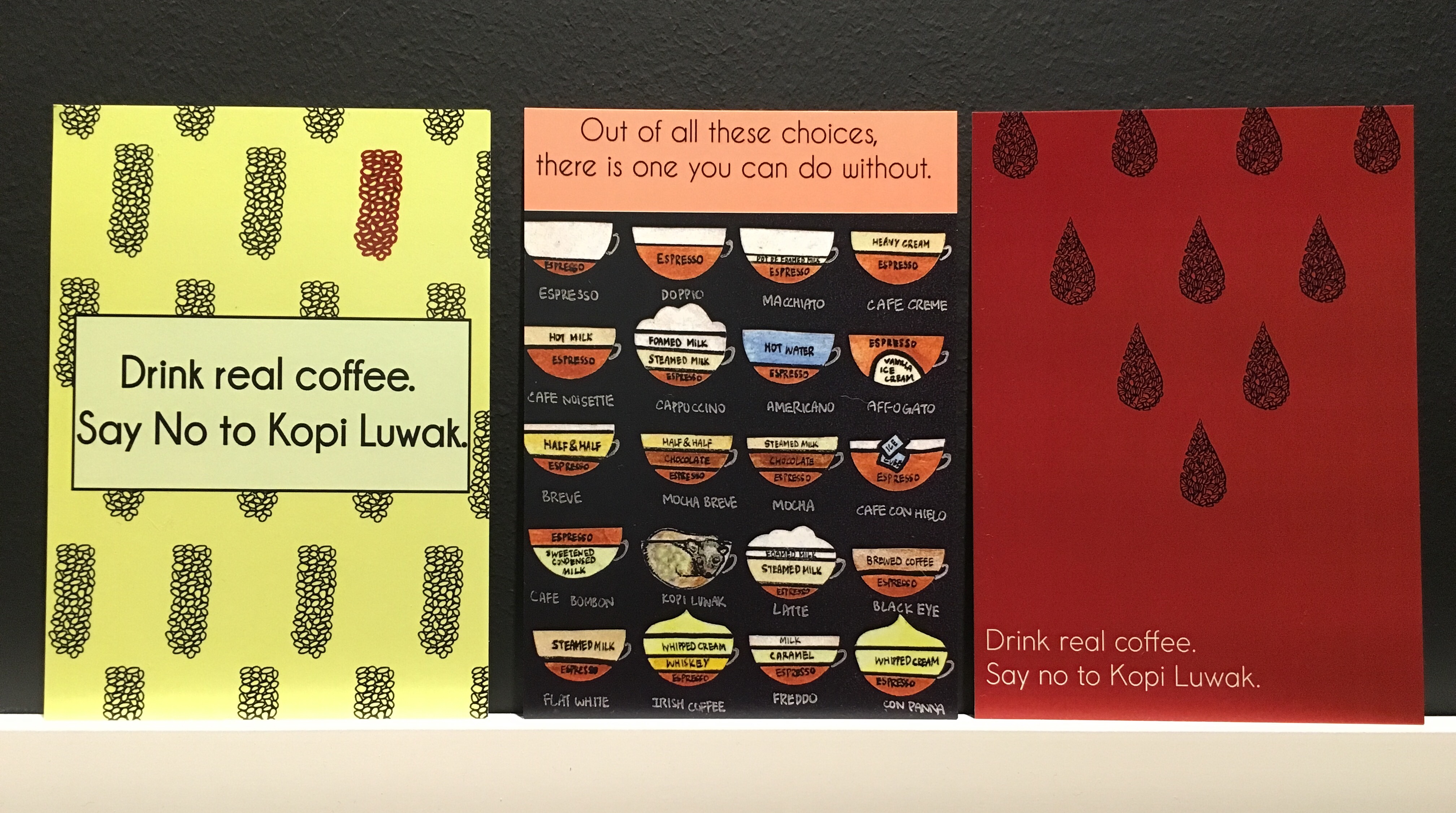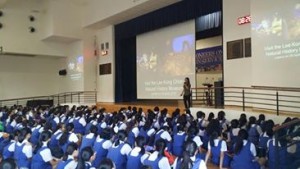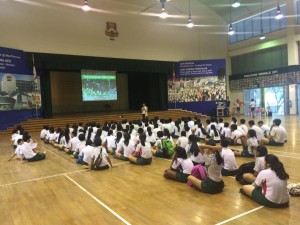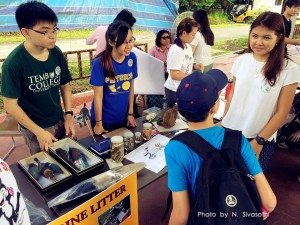This is what we have been planning for. This is what we have been excited about. This is what we meant when we asked for you to “watch this space”.
The unrelenting increases in wildlife trade is worrying, and one cannot help but wonder what will happen to our global wildlife if this trade never ceases. In the case of Kopi Luwak, the demand is still surging and production is still on the exponential. With its growing name and reputation, many organizations have employed more cruelty-free alternatives such as beans harvested from the poop of free-ranging wild civets. This increase in demand has even led to researchers from National Pingtung University of Technology and Science in Taiwan to re-create Kopi Luwak in the laboratory by isolating the different strains of bacteria that aid in the fermentation of the coffee beans. This is welcomed news. But for the average tourist to countries such as Vietnam, Indonesia, and Thailand, it will be tricky to differentiate the ethical from the non-ethical. Even the reliance on certifications or claims of “free-range” may not be true all the time.
Perhaps to many, drinking Kopi Luwak is a different experience altogether. After all, it is coffee that has been produced almost quite literally from an animal. It is an exotic affair. Yet, we have always wondered, why don’t we drink real coffee instead? There are cafes aplenty selling good and genuine coffee. Honest coffee. Depending on the blends, you get to taste different notes too – caramel, chocolate, berries, honey, floral notes… (you get the drift). So it boggles us to why anyone would choose a cup of expensive, animal coffee rather than one that has been hand-selected and produced by a local roaster.
This is why The Kopi Luwak Campaign is so important to us. It is not a campaign to urge consumers to boycott Kopi Luwak. Rather, it is a method of informing the public of what they are buying into should they be unclear about the cruelties associated with caged Kopi Luwak, the most prevalent form of civet coffee only because it is the easiest and the most productive. There are blurred lines associated with the labeling on these coffee packages because many of them are merely empty claims. It is important to know about the certifications and the politics of it before exchanging your money for a cup or two. It is important to know about the cruelties which the civets go through in order to produce that cup (or two) of Kopi Luwak and ask – is this really worth it?
In collaboration with Project LUWAK Singapore, we hope to kickstart this by creating awareness amongst coffee lovers and drinkers alike. With the support of a handful of our local cafes, our postcards, which carry the line “Drink real coffee. Say No to Kopi Luwak.” will be displayed in their shops so as to reach our to their patrons, who can learn more about the Kopi Luwak trade by reading the reverse side of the postcard.

Three different postcard designs for the campaign. The yellow (left) and red (right) postcards were designed by Claudia Ang while the middle postcard is designed by Koh Fang Yun, Tan Chor Leng, Claudine & Zhang Junyue, Nanyang Girls’ School students who did a poster in 2014.
If you do see any of these around in the cafes that you frequent, do snap a picture and share it with us on our Facebook page! And if you are visiting our website because you have seen our postcards somewhere, we are happy you’ve given us some of your time. Please do read our blog to get introduced to our native civets, and if you are interested in learning more about the civet coffee trade, head on to Project Luwak SG, where many of its writers have seen first-hand the living conditions of the civets in the commercialized Kopi Luwak trade. It is a scary, even horrifying picture to paint – but the horrors that go on in the farms can only stop if we stop demanding its production. It is going to have to start with us.






